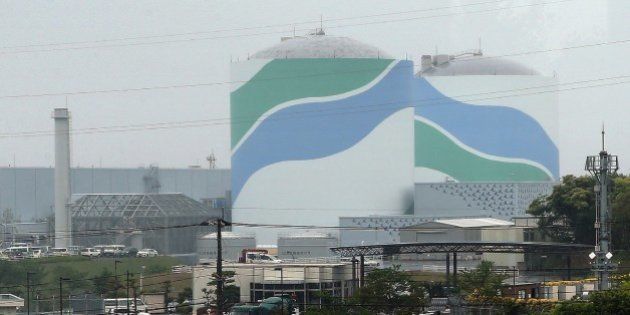
A power plant operator in Japan has restarted its nuclear reactor and expects it to generate electricity from Friday. This would be the first time a nuclear plant has come online since the Fukushima disaster of 2011, which displaced thousands and cast a global cloud on nuclear power.
Kyushu Electric Power Co. had on Monday said it would restart the No. 1 reactor at its Sendai nuclear plant. This marks Japan's return to nuclear energy, breaking a four-and-half-year nuclear power impasse since the 2011 meltdowns at the Fukushima Dai-ichi nuclear power plant in northeastern Japan following the earthquake and tsunami.
The Nuclear Regulation Authority affirmed the safety of the reactor and another one at the Sendai plant in September under stricter safety rules imposed after the accident, the worst since the 1986 Chernobyl explosion. The plans call for the second reactor to be restarted in October.
The Sendai No. 1 reactor is scheduled to start generating power Friday and reach full capacity next month.
All of Japan's nearly 50 workable reactors have been offline for repairs or safety checks. Abe's government wants as many of them as possible to be put online to sustain the nation's economy, which now relies on imported energy.
"We believe it is important for our energy policy to push forward restarts of reactors that are deemed safe," Chief Cabinet Secretary Yoshihide Suga told reporters.
Under the basic energy plan adopted by the Cabinet last year to sustain nuclear power as a key energy supply for resource-poor Japan, the government earlier this year set a goal to have nuclear power meet more than 20 percent of the country's energy needs by 2030.
With its nuclear fuel recycling program still stalled and plutonium stockpiles triggering international concerns, Japan is under pressure to use as much of the stockpiles as possible in its reactors.
Despite the push by the government and utilities for nuclear restarts, a majority of Japanese are opposed to a return to nuclear energy. Residents near the Sendai plant are also wary of the restarts, citing potential dangers from active volcanos in the region.